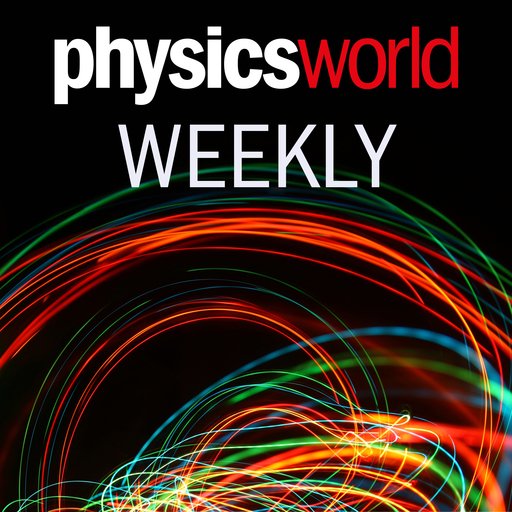## Level Up Your Health: Can Laser Beams Actually Detect Disease?
Forget health bars and potions, gamers. The future of medicine might just involve beams of light. Forget laser swords and energy blasts, we’re talking about ultrashort laser pulses so powerful they can unlock the secrets hidden within our cells – secrets that could revolutionize disease detection.

Real-World Applications: A Glimpse into the Future
Cancer Detection and Monitoring

The ability to detect cancer at its earliest stages is crucial for successful treatment and improved patient outcomes. Ultrashort laser pulses, with their unparalleled temporal resolution, hold immense promise for revolutionizing cancer detection and monitoring. By analyzing subtle changes in the molecular signatures of cells, these lasers can identify pre-cancerous lesions or cancerous cells that may be undetectable by conventional methods.
One compelling example is the use of Raman spectroscopy combined with ultrashort laser pulses. This technique analyzes the vibrational modes of molecules within cells, providing a unique fingerprint of their composition. By comparing the Raman spectra of healthy cells to those of cancerous cells, researchers can identify specific biochemical markers associated with cancer development.

Infectious Disease Diagnosis
Rapid and accurate diagnosis of infectious diseases is essential for effective treatment and control of outbreaks. Ultrashort laser pulses offer a potentially game-changing approach to infectious disease diagnosis by enabling the detection of pathogens at extremely low concentrations.
For instance, researchers are exploring the use of plasmon-enhanced Raman spectroscopy, which leverages the interaction between light and metallic nanoparticles to amplify the Raman signal from pathogens. This technique has demonstrated the ability to detect viruses, bacteria, and parasites in biological samples with remarkable sensitivity and specificity.

Challenges and Opportunities
While the potential of ultrashort laser pulses in healthcare is undeniable, several challenges remain to be addressed before these technologies can be widely adopted.
- Technical Hurdles:
- Regulatory Landscapes:
- Integration with Existing Healthcare Systems:
Further advancements are needed in laser technology, data analysis algorithms, and miniaturization to make these diagnostics more portable, affordable, and user-friendly.
Navigating the complex regulatory frameworks for medical devices is crucial for ensuring the safety and efficacy of these technologies.
Seamless integration with existing healthcare workflows and electronic health records is essential for widespread adoption.
The Ethical Implications: Navigating Uncharted Territory
Data Privacy and Security
Ultrashort laser-based diagnostics generate vast amounts of sensitive patient data, raising concerns about privacy and security. Robust data encryption, anonymization techniques, and stringent access controls are essential to protect patient confidentiality.
Accessibility and Affordability
Ensuring equitable access to these potentially life-saving technologies is paramount. Addressing cost barriers and promoting international collaboration are crucial for making these diagnostics available to all who need them, regardless of their socioeconomic status.
The Future of Healthcare
The advent of ultrashort laser-based diagnostics holds the potential to transform healthcare by enabling earlier disease detection, personalized treatment strategies, and proactive healthcare approaches.
Imagine a future where routine checkups include ultrashort laser scans that can detect the earliest signs of cancer or infectious diseases, allowing for timely intervention and drastically improving patient outcomes. This vision may seem like science fiction today, but with continued research and development, it could become a reality in the not-too-distant future.
Conclusion
Dr. Ferenc Krausz’s work paints a fascinating picture of the future of medicine, where the precision and power of ultrashort laser pulses could revolutionize disease detection. By harnessing the fleeting moments of light interaction within cells, we can gain unprecedented insights into their inner workings. This technology holds the potential to identify diseases at their earliest stages, even before symptoms manifest, paving the way for timely interventions and potentially saving countless lives. The implications of Krausz’s research extend far beyond the realm of healthcare. This laser-based approach could unlock a deeper understanding of biological processes, accelerating research in fields like drug development and personalized medicine. Imagine a future where diseases are diagnosed with pinpoint accuracy, treatments are tailored to individual needs, and the very fabric of life is illuminated by the power of light. It’s a future not just within reach, but one that we are actively shaping with each breakthrough in ultrafast laser technology. The journey from light to life is a compelling one, and it’s just beginning.
